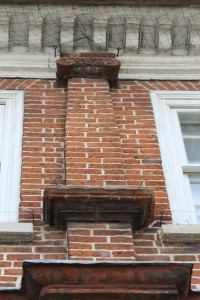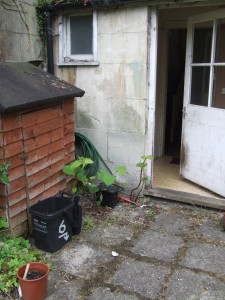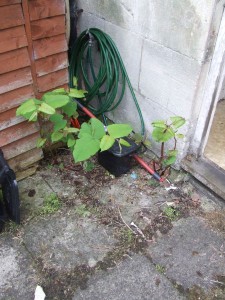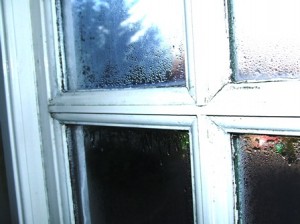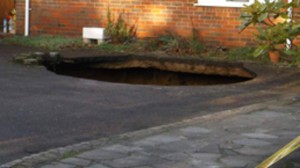 See this brief news article where a sink hole has opened up in a residential area in Walter’s Ash, High Wycombe.
See this brief news article where a sink hole has opened up in a residential area in Walter’s Ash, High Wycombe.
See this link for the full story.
Note how close to the building the hole is. Aside from a car being buried at the bottom of the hole, the owners of this property are no doubt seriously concerned about the stability of their building.
We can only speculate as to the cause of the hole, but the recent heavy rainfall should be a consideration.
We had brief involvement with a similar sized hole in an undisclosed location in Newbury. Our involvement was on behalf of nearby building owners was concerned of the effect is would have on their property. Fortunately we found no immediate cause for concern. However, just where and when sink holes may appear is anyone’s guess.
 The current flood agreement between the Government and the Association of British Insurers comes to an end at the end of June 2013. Negotiations to continue providing affordable premiums to those most vulnerable to flooding are seemingly at a grinding halt.
The current flood agreement between the Government and the Association of British Insurers comes to an end at the end of June 2013. Negotiations to continue providing affordable premiums to those most vulnerable to flooding are seemingly at a grinding halt.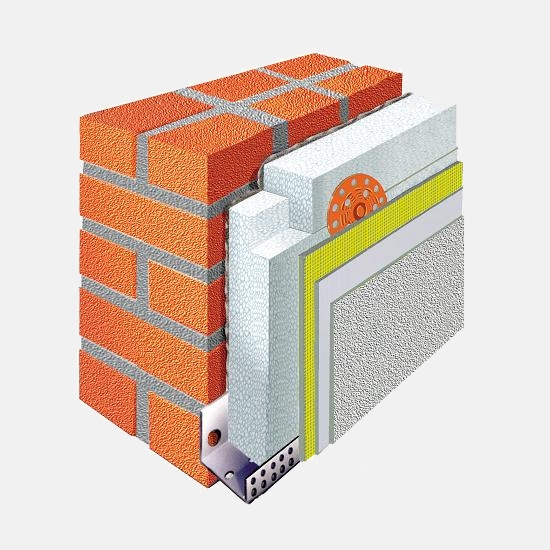 The Government’s
The Government’s 